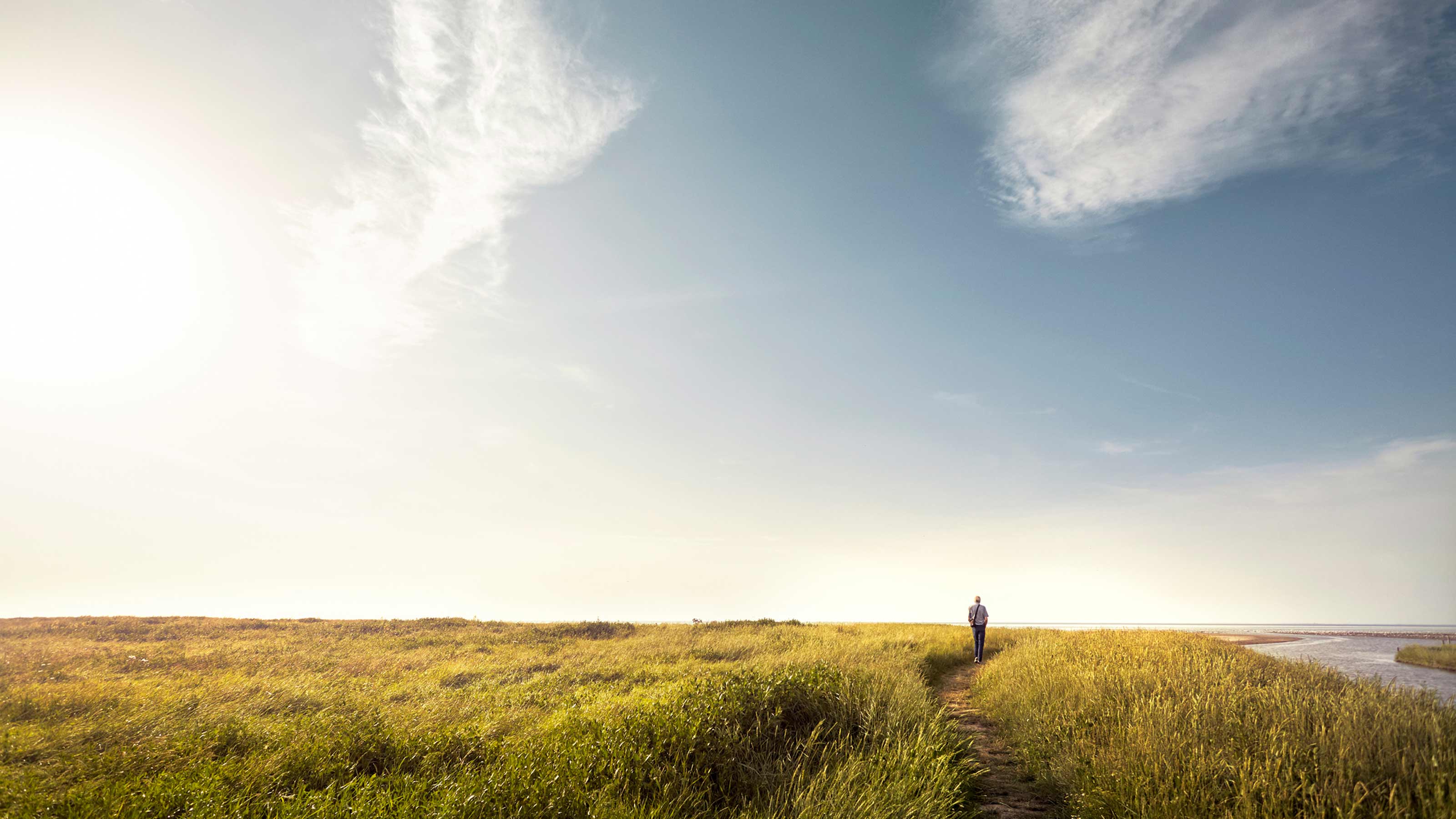5 Tips to Make Your Year-End Giving Go Further
Here are a few ideas on how to help maximize the feel-good effects that your charitable contributions can deliver this year.


Giving to charity is now easier than ever – especially during the holidays. Whether writing a check, opting to “round up” at the register, or simply clicking a “donate” button, you can quickly make a donation and be on your way. But after a few minutes, that good-deed feeling fades, and you may be left wondering if your contribution made a significant impact. What if you could make your giving reach more people this year?
Here are five tips to maximize your giving, just in time for the holidays.
1. Find matching opportunities.
Many charities have annual fundraising campaigns with mega donors who match contributions — sometimes as much as 3:1 — received during specified timeframes. Check to see if your favorite causes have similar opportunities that could double or even triple your impact, and help the organizations reach their goals.
From just $107.88 $24.99 for Kiplinger Personal Finance
Become a smarter, better informed investor. Subscribe from just $107.88 $24.99, plus get up to 4 Special Issues

Sign up for Kiplinger’s Free Newsletters
Profit and prosper with the best of expert advice on investing, taxes, retirement, personal finance and more - straight to your e-mail.
Profit and prosper with the best of expert advice - straight to your e-mail.
Employers often offer matching programs, too, which can make a big difference to nonprofits. You can even start a program in which you supply the funds for a future matching challenge.
2. Make it a family affair.
The holidays offer a rare opportunity to get the whole family together, and it’s the perfect time to get your kids and grandkids involved in giving. One idea is to create a “giving budget” to donate to charity. Each child then suggests a cause to help everyone decide where and how to distribute the “budget.” Actual dollars can then be given for the holidays — and even matched by grown-ups. The possibilities are limitless.
Looking for more family-friendly giving ideas? Foundation Source’s The Secret to Joyful Giving guide can help.
3. Formalize your giving.
If you don’t have a charitable vehicle but have been giving consistently and expect to give more in the future, several options are available to ensure your gifts are more organized, strategic and tax efficient. You can diversify and expand your giving with vehicles like a private foundation or a donor-advised fund that will earmark assets for charitable purposes and potentially provide meaningful tax benefits.
Private foundations offer flexibility, control and other unique advantages that support creative and entrepreneurial philanthropy. Donor-advised funds provide advantages like anonymity and higher tax deductions. You can also incorporate your philanthropic objectives into your will or estate plan and explore planned giving and trusts.
4. Don’t forget Uncle Sam.
Coordinating your charitable contributions with your tax strategy, estate planning and investment management could result in better outcomes — across all disciplines — and ensure that you get beneficial tax deductions, which in turn allows you to give more. With charitable vehicles like private foundations and donor-advised funds, you can maximize your tax savings and may be able to claim a same-year tax deduction.
5. Know your minimums.
If you have a charitable vehicle with a minimum distribution requirement, make sure you know what it is and how much you have left to disburse so your assets are used for charitable purposes and not penalties. For example, private foundations are required to annually distribute at least 5% of the previous year’s average net assets.
Qualifying distributions from the foundation include grants to public charities, administrative expenses and certain costs related to carrying out the foundation’s charitable purpose, such as a building, computers and office furniture.
©2021 Foundation Source Philanthropic Services, Inc. All rights reserved.
Profit and prosper with the best of Kiplinger's advice on investing, taxes, retirement, personal finance and much more. Delivered daily. Enter your email in the box and click Sign Me Up.

Hannah Shaw Grove is the chief marketing officer of Foundation Source, founder of "Private Wealth" magazine and author of 11 data-based books and hundreds of reports and articles on topics relating to the creation, management, disposition and transfer of wealth. Hannah has previously been the chief marketing officer at Apex Clearing, iCapital Network and Merrill Lynch Investment Managers and is a cum laude graduate of Harvard University. She holds the FINRA Series 6, 7, 24, 26 and 63 licenses.
-
 Is Your Emergency Fund Running Low? Here's How to Bulk It Up
Is Your Emergency Fund Running Low? Here's How to Bulk It UpIf you're struggling right now, you're not alone. Here's how you can identify financial issues, implement a budget and prioritize rebuilding your emergency fund.
-
 Guide to How All-Assets Planning Offers a Better Retirement
Guide to How All-Assets Planning Offers a Better RetirementAn "all-asset" strategy would integrate housing wealth and annuities with traditional investments to generate more income and liquid savings for retirees.
-
 Forget FIRE: Why ‘FILE’ Is the Smarter Move for Child-Free DINKs
Forget FIRE: Why ‘FILE’ Is the Smarter Move for Child-Free DINKsHow shifting from "Retiring Early" to "Living Early" allows child-free adults to enjoy their wealth while they’re still young enough to use it.
-
 Is Your Emergency Fund Running Low? Here's How to Bulk It Back Up
Is Your Emergency Fund Running Low? Here's How to Bulk It Back UpIf you're struggling right now, you're not alone. Here's how you can identify financial issues, implement a budget and prioritize rebuilding your emergency fund.
-
 An Expert Guide to How All-Assets Planning Offers a Better Retirement
An Expert Guide to How All-Assets Planning Offers a Better RetirementAn "all-asset" strategy would integrate housing wealth and annuities with traditional investments to generate more income and liquid savings for retirees.
-
 7 Tax Blunders to Avoid in Your First Year of Retirement, From a Seasoned Financial Planner
7 Tax Blunders to Avoid in Your First Year of Retirement, From a Seasoned Financial PlannerA business-as-usual approach to taxes in the first year of retirement can lead to silly trip-ups that erode your nest egg. Here are seven common goofs to avoid.
-
 How to Plan for Social Security in 2026's Changing Landscape, From a Financial Professional
How to Plan for Social Security in 2026's Changing Landscape, From a Financial ProfessionalNot understanding how the upcoming changes in 2026 might affect you could put your financial security in retirement at risk. This is what you need to know.
-
 6 Overlooked Areas That Can Make or Break Your Retirement, From a Retirement Adviser
6 Overlooked Areas That Can Make or Break Your Retirement, From a Retirement AdviserIf you're heading into retirement with scattered and uncertain plans, distilling them into these six areas can ensure you thrive in later life.
-
 I'm a Wealth Adviser: These Are the 7 Risks Your Retirement Plan Should Address
I'm a Wealth Adviser: These Are the 7 Risks Your Retirement Plan Should AddressYour retirement needs to be able to withstand several major threats, including inflation, longevity, long-term care costs, market swings and more.
-
 High-Net-Worth Retirees: Don't Overlook These Benefits of Social Security
High-Net-Worth Retirees: Don't Overlook These Benefits of Social SecurityWealthy retirees often overlook Social Security. But timed properly, it can drive tax efficiency, keep Medicare costs in check and strengthen your legacy.
-
 Do You Have an Insurance Coverage Gap for Your Valuables? You May Be Surprised to Learn You Do
Do You Have an Insurance Coverage Gap for Your Valuables? You May Be Surprised to Learn You DoStandard homeowners insurance usually has strict limits on high-value items, so you should formally "schedule" these valuable possessions with your insurer.